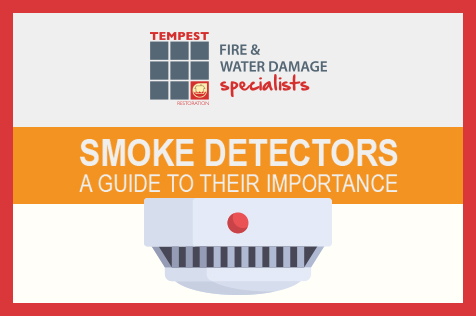Checking Out The Scientific Basis Of Mold Development After Water Damage
Checking Out The Scientific Basis Of Mold Development After Water Damage
Blog Article
Created By-Hatfield Zhu
So, you've dealt with water damage in your home, but have you ever before wondered what really takes place behind the scenes that causes mold and mildew development? Understanding the clinical procedures at play can be vital in tackling this issue properly. From the preliminary influence of water on surfaces to the role of wetness in mold and mildew advancement, there are detailed systems that establish the stage for mold to flourish post-water damages. Remain tuned to reveal the remarkable science behind mold development after water damage and just how you can fight it.
## Effect of Water Direct Exposure on Surfaces
When water penetrates surface areas, it initiates a series of chain reactions that pave the way for mold growth. This invasion produces a wet setting where mold and mildew spores, which are constantly existing airborne, can flourish. The wetness serves as a catalyst, causing dormant mold and mildew spores to sprout and begin the development procedure. Once triggered, these spores feed on natural products present in the damaged area, such as wood, drywall, or textile, damaging them down to sustain their development.
The impact of water exposure on surface areas is extensive. Not only does it provide the essential conditions for mold to thrive, however it additionally damages the architectural honesty of the products it infiltrates. As mold colonies expand and spread out, they can trigger significant damages to the surface areas they occupy. simply click the following internet site can jeopardize the safety of the afflicted structure and might call for substantial repair work to remedy. Therefore, dealing with https://postheaven.net/carlene0barbera/realizing-the-value-of-professional-water-damages-repair-provider damages quickly and successfully is vital in avoiding mold and mildew growth and preserving the stability of the afflicted surfaces.
## Role of Wetness in Mold And Mildew Growth
Wetness plays a crucial duty in fostering mold growth, producing a setting conducive to spore germination and development. When water damages occurs, the excess dampness offers a breeding place for mold and mildew to flourish.
Mold spores, which exist all over in the atmosphere, call for wetness to trigger and start the development procedure. When these spores encounter a moist or wet area, they absorb the moisture and begin to increase quickly. The existence of moisture not just initiates the germination of spores yet additionally sustains the development of mold and mildew hyphae, the branching filaments that form the text of the mold and mildew.
These hyphae spread and launch more spores, even more contaminating the location. As mouse click the following internet site , managing wetness degrees is important in stopping mold and mildew advancement after water damages. Proper drying methods and dampness control actions are necessary to inhibit mold and mildew growth and guard your interior setting from mold-related concerns.
## Environmental Variables Affecting Mold Development
To understand mold and mildew growth after water damages, it's necessary to take into consideration the different ecological factors that influence the proliferation of mold and mildew nests.
Temperature level plays a significant duty in mold and mildew advancement, with a lot of molds thriving in temperature levels in between 77-86 ° F (25-30 ° C).
High moisture degrees above 60% develop a conducive atmosphere for mold and mildew spores to germinate and spread quickly.
Poor air flow exacerbates the concern by trapping wetness inside your home, offering a suitable setup for mold and mildew development.
Additionally, darkness promotes mold and mildew spreading, making covert or enclosed spaces extra susceptible to problems.
Recommended Browsing and air high quality are critical in mold prevention, as stationary air can lead to moisture buildup and develop positive conditions for mold to thrive.
Exterior aspects like closeness to bodies of water or damp dirt can also impact indoor mold and mildew development through raised moisture levels.
## Conclusion
So, to sum it up, when water leaks right into surface areas, it develops an ideal breeding place for mold and mildew to grow and spread out.
By controlling wetness levels and guaranteeing appropriate ventilation, you can stop mold from causing additional damages to your home.
Keep in mind, staying aggressive in taking care of water damages is essential to keeping mold at bay and keeping a risk-free living atmosphere.